How to Store Fruits and Vegetables at Home to Remain Fresh Longer
Could you use an extra $1,600? You might want to take a look in your garbage. According to the nonprofit organization Feeding America, the average American family of four throws out $1,600 a year by tossing out produce that’s become more suitable for a biology project than human consumption!
Mind-boggling, right? Here’s a fun crash course on how to store fruits and vegetables so you can retrieve all that cash from the trash.
Start following these insanely simple tips, and you’ll be amazed to see far fewer of your food dollars (hopefully, none) in the garbage in the form of stinky, rotten produce.
At the grocery store
- Select only high-quality produce. Bruised, shriveled, slimy, or overripe produce can harbor harmful bacteria.
- Add fresh produce to your cart near the end of your shopping trip, not the beginning, so it stays cool.
- Keep meats, fish, and poultry in plastic bags in the shopping cart to prevent juices from dripping onto fruits and vegetables. Then make sure you pack these items in separate bags at the checkout.
The trip home
- During warm months especially, plan your trips, so grocery shopping is your last of the day.
- Load fresh foods into the car, not the hot trunk to keep these items as cool as possible until you can get them to the kitchen.
In the kitchen
- Generally, do not wash fruits and vegetables before storage. Instead, wash them when you are ready to use them. If the produce is excessively dirty, rinse it and dry it well before storing it.
- Immediately, refrigerate perishable fruits and vegetables in the refrigerator’s crisper drawer to maintain quality, safety, and usable life.
- Some items like potatoes and tomatoes should be kept clean, cool, and dry.
MORE: How to Make Fruits and Vegetables Last Longer
Freezing
- Almost all fruits and vegetables can be stored in your freezer. Just be aware that while freezing generally preserves their taste, nutrients, and health benefits, it can change the texture of produce. It’s a great way to store seasonal fruits or vegetables for use later in the year, especially if you plan to eat them cooked or blended into smoothies.
- It’s best to freeze fruits and vegetables in airtight containers. You want to avoid freezing produce that isn’t ripe yet because it may not ripen correctly once taken thawed.
- Leafy greens that you plan to eat raw, such as lettuce, should never be frozen.
General guidelines
- Separate fruits and vegetables for storage. Fruits that give off high levels of ethylene (the ripening agent) can prematurely ripen and spoil surrounding vegetables. The old adage about one bad apple is true. Adding a BluApple to the fruit bowl or refrigerated fruit drawer will absorb the ethylene and help extend the beautiful, useful life of your produce
- For vegetables, remove ties and rubber bands. Trim away leafy ends, but leave about an inch to keep vegetables from drying out before they can be consumed. Punch some holes in the bags you may be storing the vegetables in to let air circulate. Pack vegetables loosely in the refrigerator. The closer they are, the quicker they will rot.
- Sweet corn in the husk should be wrapped securely in a plastic bag before going in the refrigerator. In addition to the husk, the bag is another layer of protection to keep the corn moist. But make sure the bag allows for a little air circulation (a grocery produce bag works great).
- Fruits are pickier. Most stone fruits, avocados, tomatoes, mangoes, melons, apples, and pears will continue to ripen if left sitting out on a countertop. Items like bell peppers, grapes, all citrus, and berries will not continue to ripen but begin to deteriorate on the counter and should be refrigerated.
- Generally, you want to store produce, in the same manner, you found it in the grocery store. Tomatoes and bananas, for example, are never refrigerated, while leafy greens are refrigerated and, in some stores, get a fine mist of water at regular intervals.
- Most fruits will ripen at room temperature. However, once ripe, they should be refrigerated.
- With few exceptions, do not wash fruits or vegetables before storing them because washing hastens spoilage. Rather, wash just before eating.
Pro Tip
Not sure where to keep produce once you get it home? Think back to where you found it in the supermarket produce department. Were the tomatoes in the refrigerated cooling section that gets sprayed with mist, or were they out in the middle in unrefrigerated tables and bins? (The right answer is: Unrefrigerated)
How about the lettuce, kale, green onions? Bingo! Refrigerated section. And the potatoes and onions? You know the routine!
Keep the produce at home in the same way it is presented to you in the market.
Cold moist storage
These items will last longest when stored in the refrigerator vegetable and fruits drawer, which typically has a higher level of humidity.
- apples
- broccoli
- carrots
- lettuce
- eggplant
Cold dry storage
These items should be kept in a cold, dry storage area outside the refrigerator.
- garlic
- onions
Cool dry storage
Items that can be kept in a drawer or cupboard in the kitchen or another area
- potatoes
- tomatoes
- bananas
- lemons
- limes
Warm dry storage
- hot peppers
- pumpkins
- winter squash
- sweet potatoes
A few specifics on how to store fruits and vegetables
Apples
Store in the refrigerator; do not overcrowd, allow for good air circulation. Unwashed will last at least 3 weeks.
Bananas
Store at room temperature unbagged; suspended from a hook is ideal. Do not refrigerate. Once ripe, will last 3 to 5 days. Can freeze: Peel, slice, and spread on cookie sheet. Once frozen, bag them.
Raspberries
Do not wash until ready to use. Store in a plastic container with a tight-fitting lid. For the optimum length of life, arrange berries in a single layer. Will last for 2-3 days in the refrigerator, depending on how ripe they are.
Strawberries
Do not wash, do not remove stems. Store in a sealable bag. To achieve maximum fresh life, arrange strawberries in a single layer in a plastic container with a tight-fitting lid. Will stay fresh for 4-5 days.
Grapes
Do not wash. Leave on stems and store in a zip-type bag in the refrigerator. Unwashed will stay fresh for 2-3 weeks. Washed? One week if you’re lucky. Always wash just before eating.
Avocados
Ripen at room temperature on the counter then store in the refrigerator. Will stay fresh and wonderful for up to 5 days.
Lettuce
Here’s an exception to the washing rule: Wash well under cold running water. Drain well. Store in a sealable plastic bag in the refrigerator (insert a paper towel in the bag to absorb moisture). Will remain fresh and crisp for 7-10 days.
Tomatoes
To ripen, store tomatoes at room temperature, stem up and away from sunlight. Will stay beautiful fresh and delicious for up to a week once ripe.
Potatoes, dry onions
- Never refrigerate. Store in a dark, cool space like a closet or pantry. Require good air circulation.
- To get onions to last for a month or longer: Cut one leg from a clean pair of pantyhose. Drop an onion into the toe, tie a knot close to the onion. Drop in another onion. Repeat until filled. Hang from a nail in the pantry.
- Need an onion? Cut right below the lowest knot. Suspended with air circulation encourages long life for onions. Works well with garlic and potatoes too.
Sweet onions
When storing sweet onions, Vidalia is one type, it’s important to keep them cool, dry, and separate. Place in a single layer, wrapped separately in foil or paper towels, in the vegetable bin of the refrigerator. If it is not possible to store them in the refrigerator, store them in the coolest area of your home with good air circulation.
One more thing
Many people also have concerns about pesticides on the surface of fruits and vegetables. However, according to studies reported by PennState Extension, pesticide residues are generally well within limits set by the federal government, which means they are not present at levels that could harm individuals. Contamination with harmful bacteria and viruses due to improper care and storage at home is a far greater threat to health.
Everyday Cheapskate participates in the Amazon Services LLC Associates Program, an affiliate advertising program designed to provide a means for us to earn from qualifying purchases, at no cost to you.
More from Everyday Cheapskate
Please keep your comments positive, encouraging, helpful, brief,
and on-topic in keeping with EC Commenting Guidelines
Last update on 2024-04-16 / Affiliate links / Images from Amazon Product Advertising API

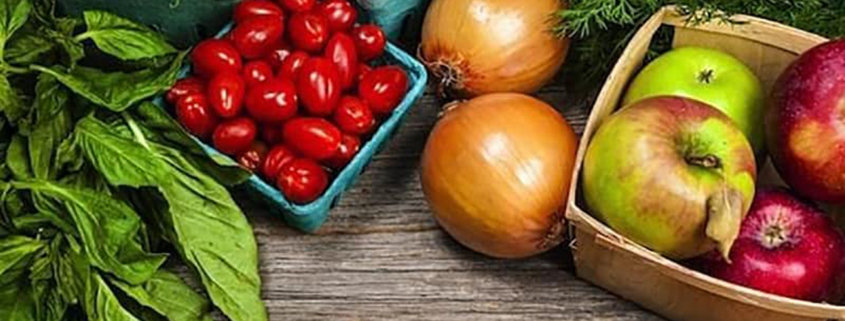



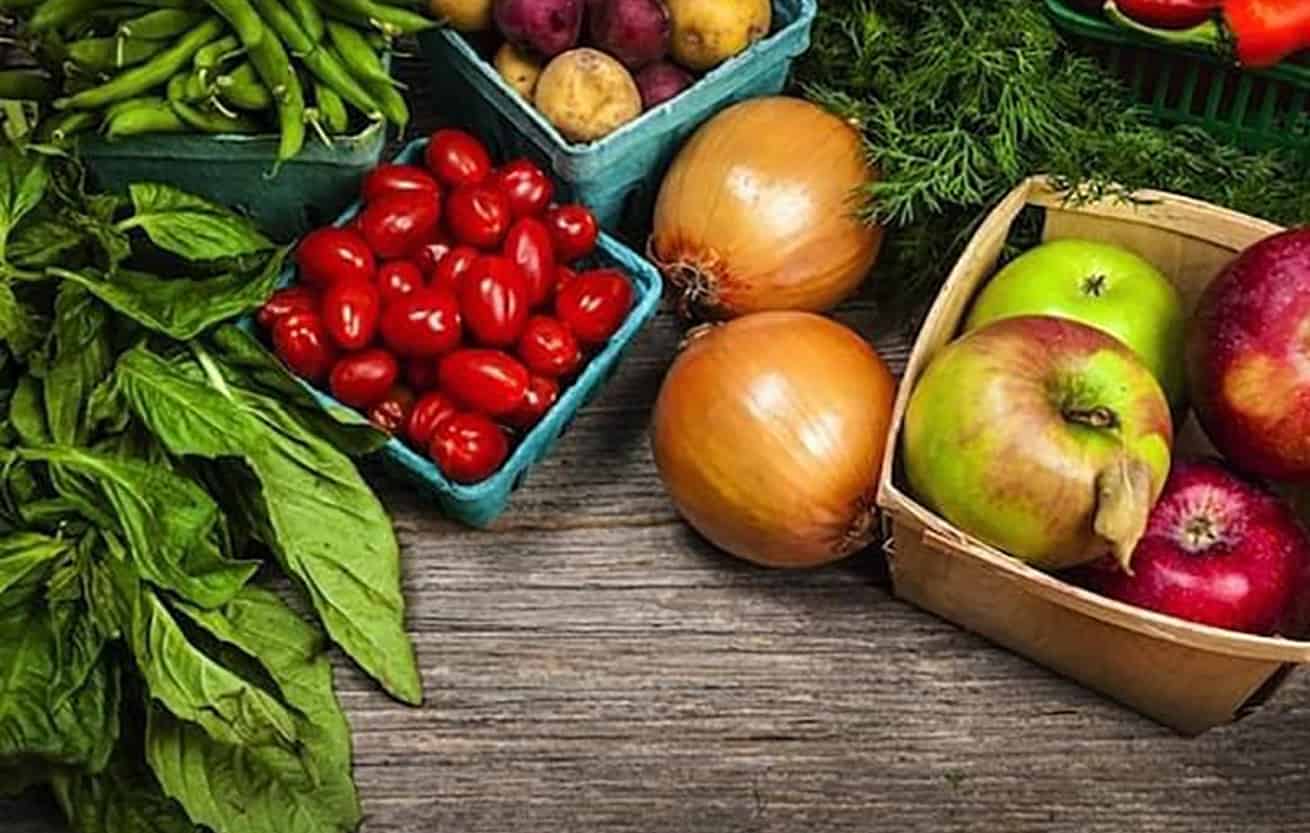

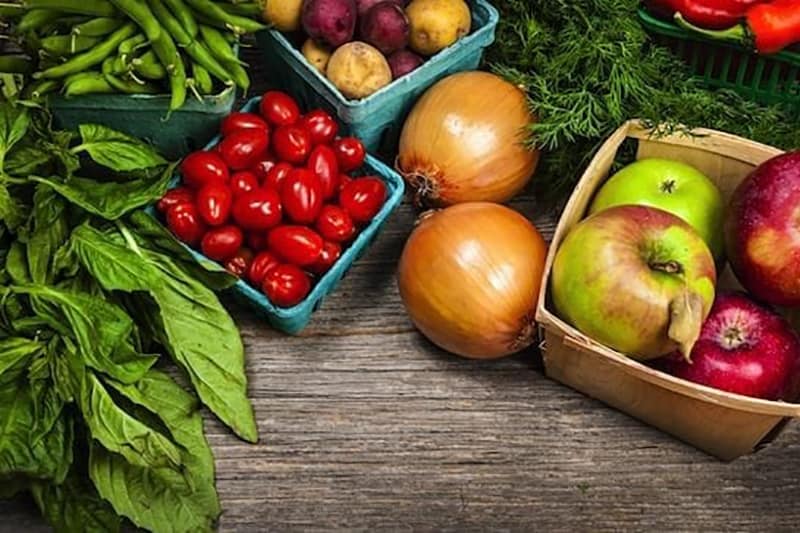


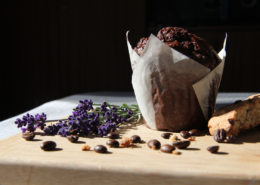
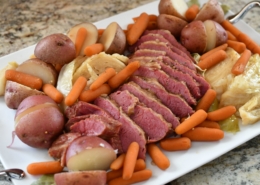
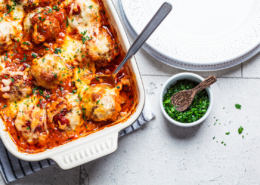
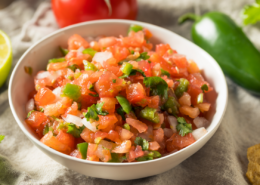
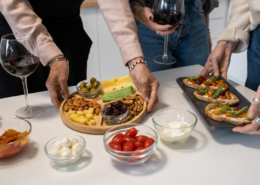
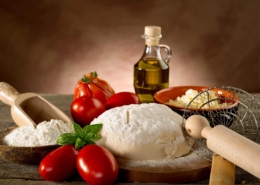
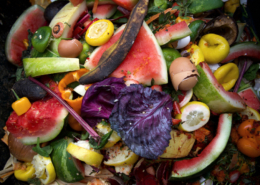
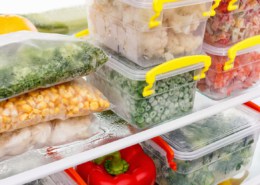



I live in Southern California, during the hot summers, I can’t keep any potatoes in a dark cool place. There is no cool place. I try but no luck.
I rinse my strawberries in water w vinegar, 1part vinegar to 5 parts, water, drain and hull them then place them in a, large glass jar. They keep nicely and are a ready to make a fruit bowl w oranges, blueberries, yogurt and pecans for my lunch. My hubby loves it when I have a fruit bowl ready for his lunch too.
Been wrapping celery in tin foil, works well.
ANY ideas on How to keep a, seedless cucumber fresh. They get soft and mushy so soon.
I put blueberries and strawberries in glass jars with a lid. Open the jar and take out what you want,
wash, and use. Put the tight lid back on the jar as soon as possible, and put in fridge.
I tried the jar recently with lettuce. I put a folded paper towel in the bottom of the jar, then added
the bag of salad. Obviously this takes a good sized jar. The salad lasted an amazing length of time.
Hi Mary,
I’ve enjoyed your column for decades! Recently I learned that storing produce in glass mason jars is an excellent way to keep them fresh for long periods of time. It has changed my life. I could never keep green onions more than a few days before. Now I wash and cut them and put them in a glass jar, they keep for two weeks or more. Same with peppers. Berries will keep for weeks too. Honest! I could not believe it until I tried it. Plastic is the worst thing to keep fruit and veggies in, always opt for glass, try it and see. I don’t can as much as I used to so having something to use the jars for is great. You can get lids for them that are one piece too so they aren’t so hard to handle. My friend only buys produce once a month, this is how she keeps her veggies and fruit from going bad. It works.
Do you store them dry or in water? I had always been advised never to wash my produce before ready to use them.
Lee. I wash, drain then store in glass jar.
Mary, Great tips on produce storage. I have an additional tip regarding using a leg of pantyhose for oniions. Instead of tying a knot in the pantyhose after each onion which pretty much means that pantyhose leg will be thrown away after the onions are gone….. try this – hang the pantyhose leg on a nail or similar item. Then take an onion and push it all the way to the top and take a tie wrap ( produce dept.) and wrap it. Continue adding onions one at a time and tying each one . When you need an onion, untie the bottom tie wrap and pull the onion out. Enjoy.
Good tip, Doug. Thanks!
The plastic clips that come on loaves of bread also work well for separating the onions in the stocking. If you cut a hole at the toe of the stocking, you can easily slip out a single onion as needed and continue to reuse the stocking. I sort my onions by size in two separate stockings, small and large. Knee highs work well since the tops are a little thicker.
Great idea! Why didn’t I think of that?